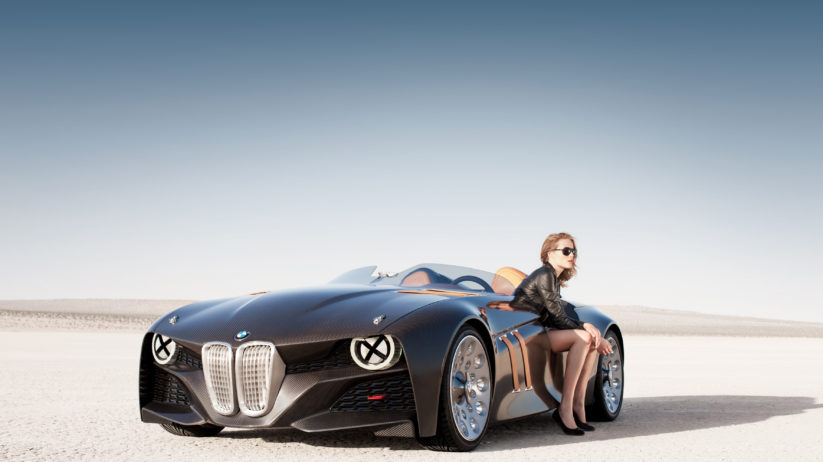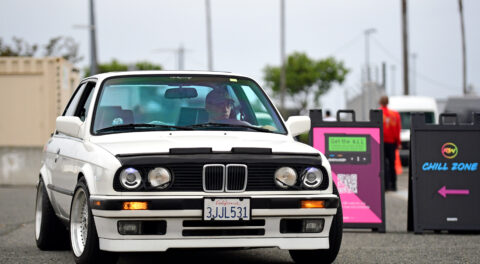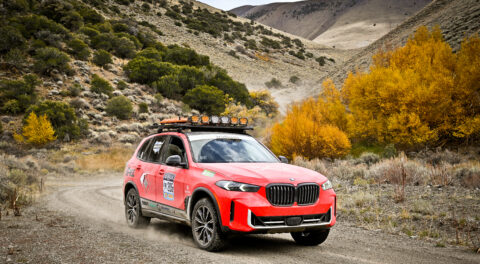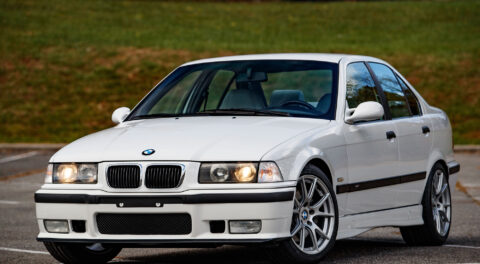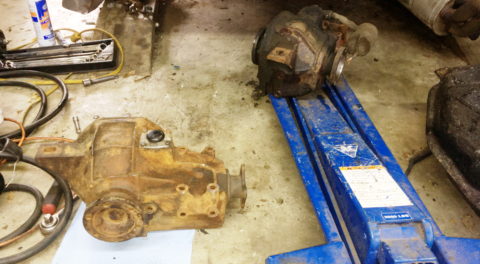For as long as the entity has existed, with just one notable exception, all BMW M cars have been based upon volume production models, like the 3 Series or 5 Series. The M1 breaks the trend, with its tubular steel space-frame and Giugiaro-designed exterior, but in the 40 years since that model was first unveiled, M has kept to developing sharper and more potent versions of cars that BMW sells in the millions.
But, with a crowded modern supercar market that shows no signs of slowing down in terms of new, more powerful models incessantly being added, and over 100,000 M cars sold last year, BMW M is said to be taking a fresh look at the idea of a standalone performance model. Those among us who are steeped in the lore of BMW history may already be thinking we’ve been down this road before though, and that’s certainly not incorrect.
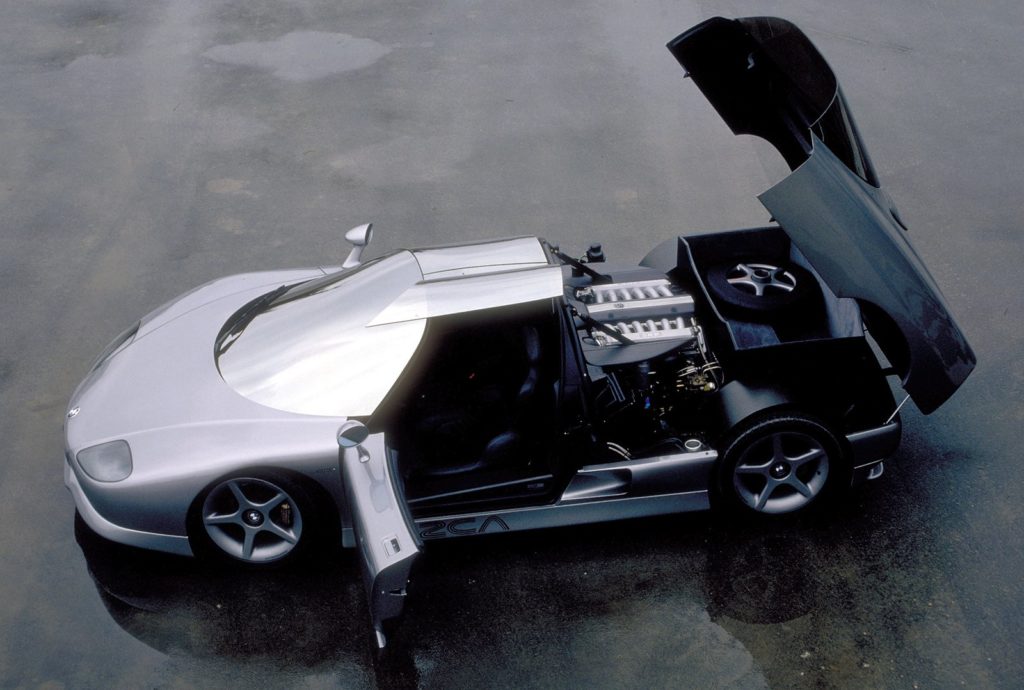
The M1, which started as a joint racing venture with Lamborghini, became reality exclusively as a BMW, of which just 453 were produced. Unfortunately, by the time car arrived, the Group 5 class it had been designed for was under the control of new regulations, necessitating the creation of its own special form of Group 4 for homologated competition.
As far as a successor to the M1 is concerned, the Nazca M12 and derivative C2 are the closest examples you’ll find. Once again designed under the watchful of eye of Giugiaro, this time at Italdesign, the Nazca followed the mid-engine layout of the M1, but doubled the cylinder count by way of BMW’s first V12, the M70, with special tuning by ALPINA. Unfortunately, even though it spawned an open-roof spider version, the model never made it beyond the concept stage, and just three cars were built in total.
The decade of the 1990’s also saw the E31 8 Series, more specifically the one-off M8 that BMW occasionally shows off. Intended to compete with some of the fastest and most powerful cars of its day, the E31 M8 would have come with a 550 horsepower DOHC V12 with four valves per cylinder, a design that is not to be confused with the one used in the McLaren F1. Perhaps one of the biggest shames in the opinions of many BMW fans, the M8 didn’t even make it to the concept stage—just one prototype was constructed, which is reportedly not fit for road use.
BMW’s Z8 is worth mentioning here as well, because although it shared its drivetrain with the E39 M5, the limited-production roadster is incredibly exclusive in just about every other important aspect. All elements of the 5,703 cars were built or finished by hand, meaning that the removable hardtop for one chassis is likely to sit on another with poor fitment. Both the chassis and body are made of aluminum, and although the Z8 is also a performance thoroughbred which could outperform the period counterpart Ferrari in terms of speed, braking, and handling, it’s remembered more as a homage to the incredible 507.
Moving into the modern era, the i8 hit the market back in 2014, and although the model doesn’t have the performance some expected it to, the car is incredibly unique in terms of design, production, and technology, and offers the well-heeled a chance to enjoy some of the same elements found in much more expensive and exclusive supercars. Perhaps more importantly though, the i8 is a stylish precursor of things to come, and an important stepping stone to the future of mobility.
Most recently, there is the current M8, which is sure to exhibit incredible performance when the press gets their hands on the test fleet. Despite the M8 sharing quite a bit in common with the conventional G15 8 Series, and a drivetrain very similar to that of the F90 M5, BMW assures us that the newest—and most expensive—performance model in the lineup is nothing short of a supercar. Only time will tell if the claim ends up being validated, but judging from the numbers alone, the M8 has a lot going for it.
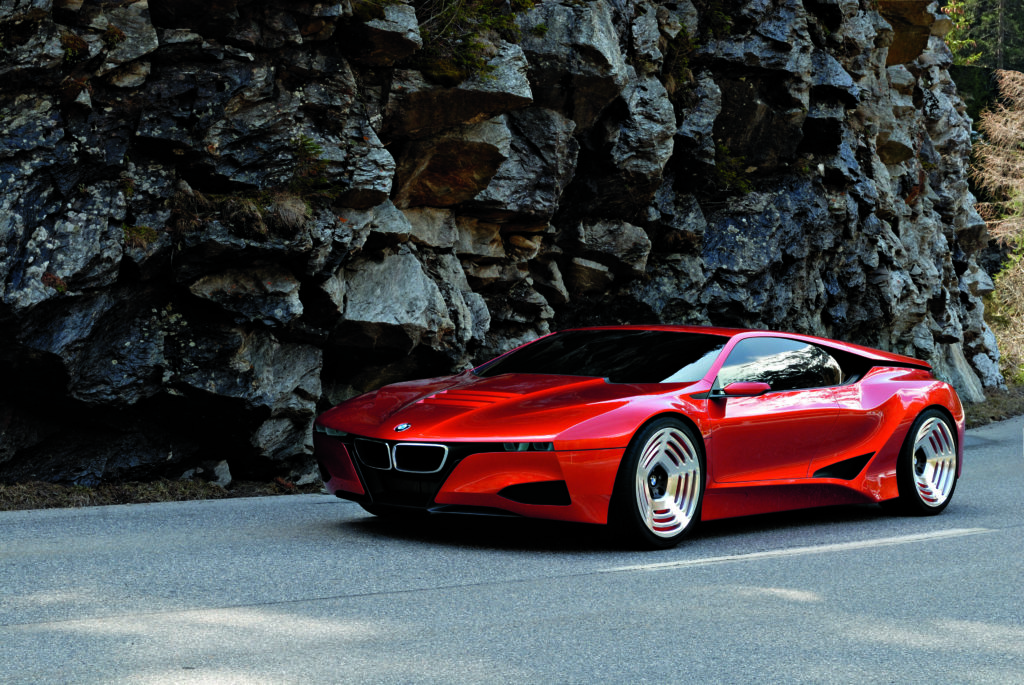
All of that brings us to today. BMW has floated rumors and shown us some incredibly concepts before—look at the M1 Homage from 2008 above—but since the original M1 of the late 1970s and early 1980s, BMW has not had a clear dedicated performance model that rides on its own platform. The difference this time around is that the possibility of an exclusive M model is not a rumor, with BMW M chief Markus Flasch having been the one who made the goings on public. According to Flasch, the same person who referred to the M8 as a supercar, BMW M would love to take on such a project, but the economics need to work for parent company BMW AG, and the entire BMW Group as well.
Flasch went on to call M the strongest high-performance brand on the market, and said that, while hypercar projects typically turn out to be money-losing endeavors, he would not rule one out—in fact, BMW M is reportedly exploring the possibility of multiple models. On the same coin though, Flasch also questioned the term supercar, and the ever-changing boundaries and qualifiers that surround the analogous concept. Flasch specifically asked, “Where do high-performance cars end and supercars start? We are actually playing in the area with our high-performance cars that others need mid-engine and two-seat platforms for.”
Flasch makes a good point; current BMW models like the M5 offer an incredible value proposition when you look at the kinds of cars they can compete with in terms of acceleration and other performance metrics, and it seems like the M8 is set to continue the tradition. With all of that in mind, it seems like BMW could really go either way; rely on current models, or come out with something that shakes up the whole scene. Given how well conventional M models have proven to be at changing the game, we’d love to see the brand take a shot at the latter.—Alex Tock
[Photos courtesy BMW AG.]

